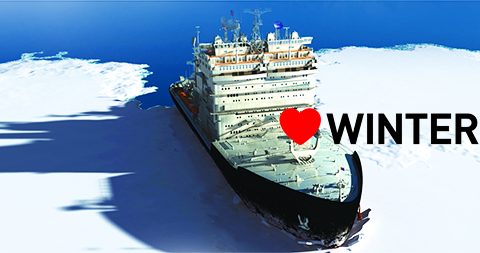For decades, many international and country sponsored agencies, as well as many multinational oil companies, have developed a raft of requirements, guidelines and recommendations regarding marine vessels, oil equipment and personnel safety that operate in cold and/or polar ice-covered waters.
Although there is no single international standard, the DNV GL standard DNVGL-OS-A201 includes one of the most comprehensive set of principles for winterization of systems, equipment and vessels. The standard uses a three-tiered approach:
- Winterization requirements are based upon fulfilling the stated functional requirements. These provide the rationale and intent behind any particular winterization issue.
- Some functional requirements are further supported by performance requirements. These explain the type of performance a winterization measure should achieve in order to fulfill the intent of the functional requirement in greater detail.
- Functional and performance requirements are supported by prescriptive rules and guidance notes to provide a set of generally acceptable solutions to meet the functional and performance requirements.
Winterization requirements can be broken into two classes: anti-icing and de-icing. Anti-icing is the prevention of ice formation. Anti-icing requirements are generally related to personnel safety while de-icing requirements are to prevent excessive ice loading. Since anti-icing and de-icing measures can vary, DNVGL-OS-A201 defines specific winterization temperature conditions as one of three categories: Basic, Cold and Polar. These three categories depend on Indicative Winterization Temperature and Sea Water Temperature.
DNVGL-OS-A201 also contains the requirements for materials, stability, hull equipment, electrical, safety, navigation, machinery and telecommunications. DNVGL-OS-A201 has broken this down into two key categories: Cat I and Cat II. Cat I includes winterization principles for navigation, steering, propulsion, anchoring and lifesaving/escape routes. Principles for Cat I generally revolve around anti-icing techniques. Cat II lists out winterization principles for decks and superstructures, helicopter decks, railings and cargo areas. Principles for Cat II, on the other hand, are connected to de-icing techniques.
These standards for vessels are widely accepted around the globe for offshore and marine environments, particularly for cold-climate conditions. The use of these techniques can greatly help optimize winterization efforts.


